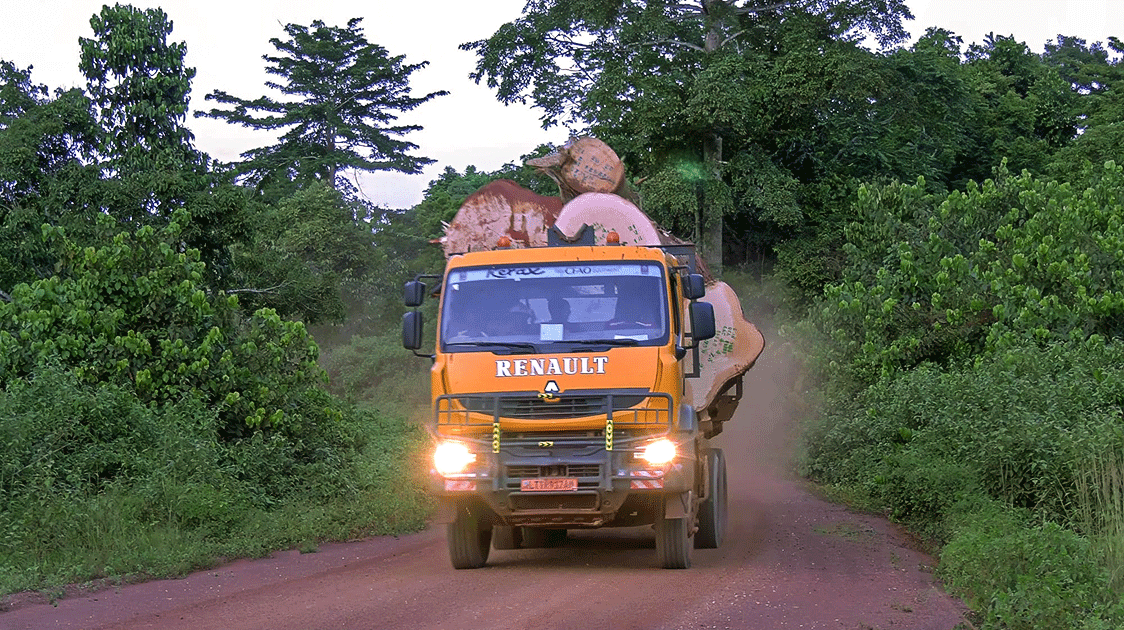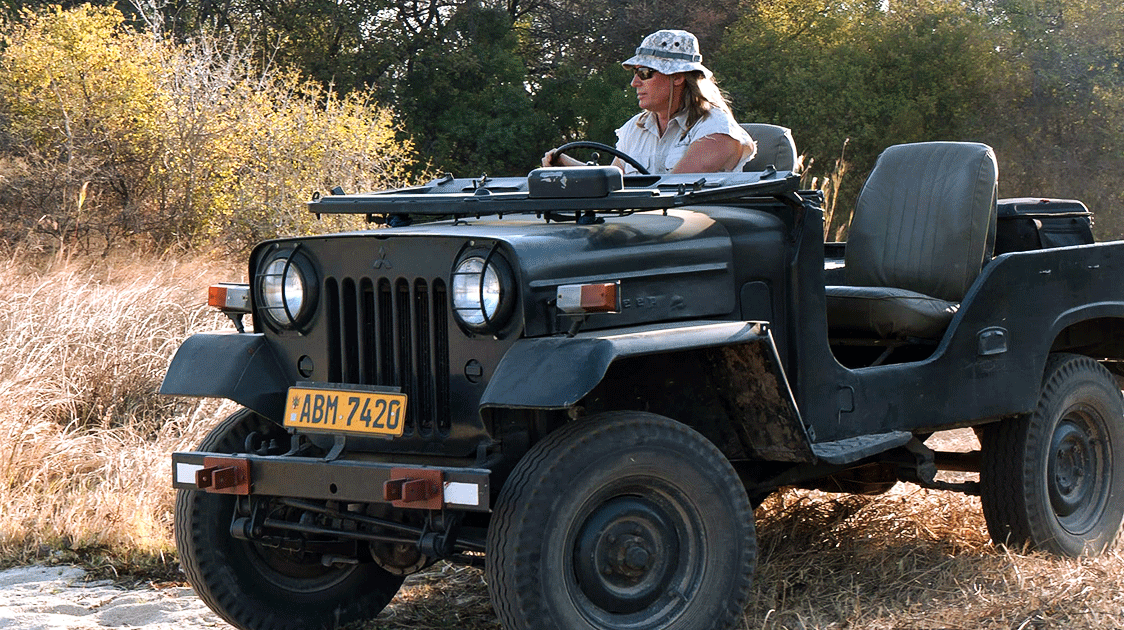Gallery Forests of Central Cameroon: Protecting Biodiversity (6-minute Video)

The Central African country of Cameroon boasts diverse vegetation due to its varied climate and topography.
The southern part of Cameroon is primarily covered by dense equatorial rainforests, characterized by towering trees, lush undergrowth, and high rainfall throughout the year.
These rainforests are home to a diverse array of flora and fauna.
The northern regions of Cameroon are typically savanna landscapes which feature a mix of grasslands and scattered trees. This vegetation type is adapted to a semi-arid climate with distinct wet and dry seasons.
An ecotone is a transition area between two biological communities, where two communities meet and integrate. This term describes the gallery forests along rivers and streams in savanna regions across central Cameroon.
Gallery forests consist of trees and shrubs lining watercourses, providing essential habitats and corridors for wildlife movement.
Like many countries, Cameroon's ecosystems face threats such as deforestation, habitat fragmentation, unsustainable land use practices, and poaching, which can lead to the loss of biodiversity and ecosystem services.
Hunting areas form critical buffer zones between the farming and protected areas.
Safari hunting in this area is very specialized as there are only a few species that a hunter will come for, like the forest buffalo, the bongo and various species of duikers.
Without the revenue from safari hunting, there would be no anti-poaching operations, and poachers would quickly wipe out the wildlife.




